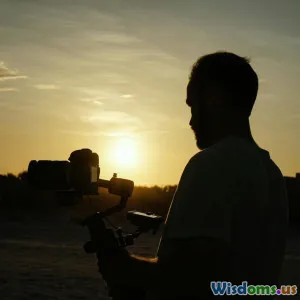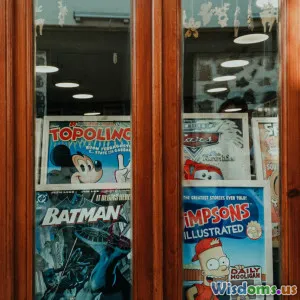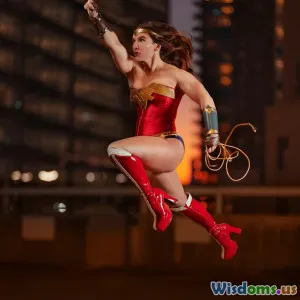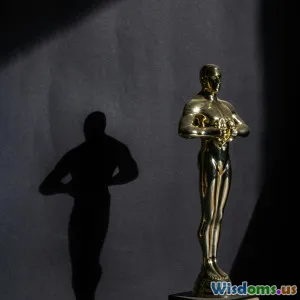From Script to Screen Tracking the Journey of Iconic Scenes
15 min read Explore the fascinating process of transforming legendary movie scripts into unforgettable cinematic moments. (0 Reviews)From Script to Screen: Tracking the Journey of Iconic Scenes
Some of cinema’s most unforgettable moments didn’t just magically appear on screen; they are the result of an intricate journey from the kernel of an idea to the collaboration of hundreds of talented crew members. Every iconic scene, from the pulse-pounding desert chase in Mad Max: Fury Road to the quietly heartbreaking goodbye in Lost in Translation, is a testament to a process that fuses vision, discipline, and innovation. Exploring how these memorable moments transition from script to screen reveals storytelling's multifaceted artistry and complex logistics.
The Spark: Crafting the Scene on the Page
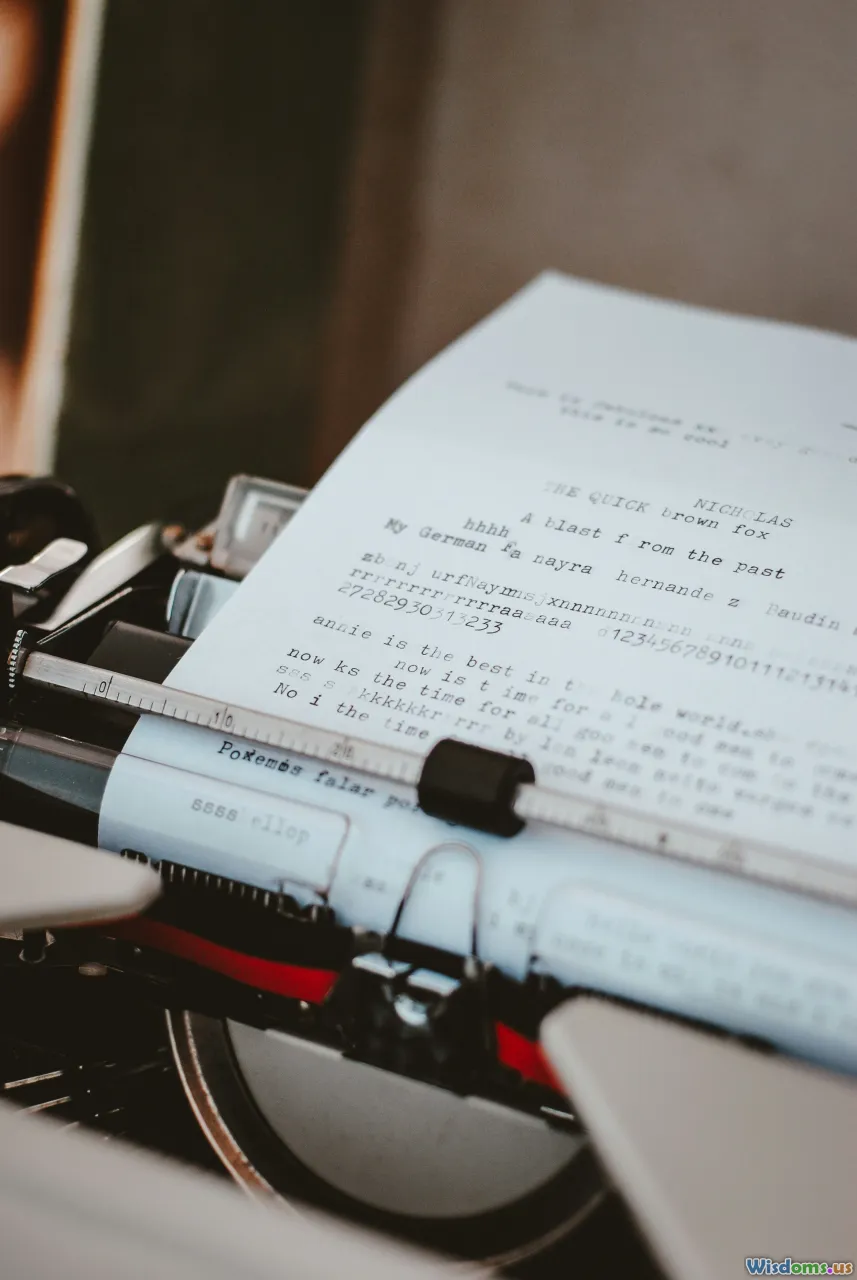
At the heart of every iconic scene lies its inception on the page. Writing a cinematic moment is a blend of inspiration and discipline. The scene needs to fulfill dramatic or thematic purposes: it can be a plot catalyst (like the inciting incident in Pulp Fiction), or an emotional crescendo (think "I’m king of the world!" in Titanic).
Screenwriters often rely on visualization, structure, and economy. The difference between a good and great scene often lies in detail and subtext. Aaron Sorkin, for instance, is known for his rhythmic, purposeful dialogue; consider the courtroom climax in A Few Good Men, where every line pushes tension higher, culminating in Jack Nicholson's famous outburst. Importantly, scripts rarely prescribe every movement or look—directors and actors later interpret, but the screenwriter seeds the intent.
Concrete Example:
In the script for Good Will Hunting, Matt Damon and Ben Affleck wrote the pivotal bench scene with Robin Williams' character as both a turning point and a simple, heartfelt moment between men. That balance—between emotional weight and understated delivery—begins with their crafted lines and scene description.
Writing Tips for Iconic Scenes:
- Focus on motivation: Why does this moment matter to the character?
- Show, don’t tell: Use action and reaction, not explanation.
- Write lean: Iconic scenes are often deceptively simple on the page.
Breakdown and Visualization: From Words to Storyboards
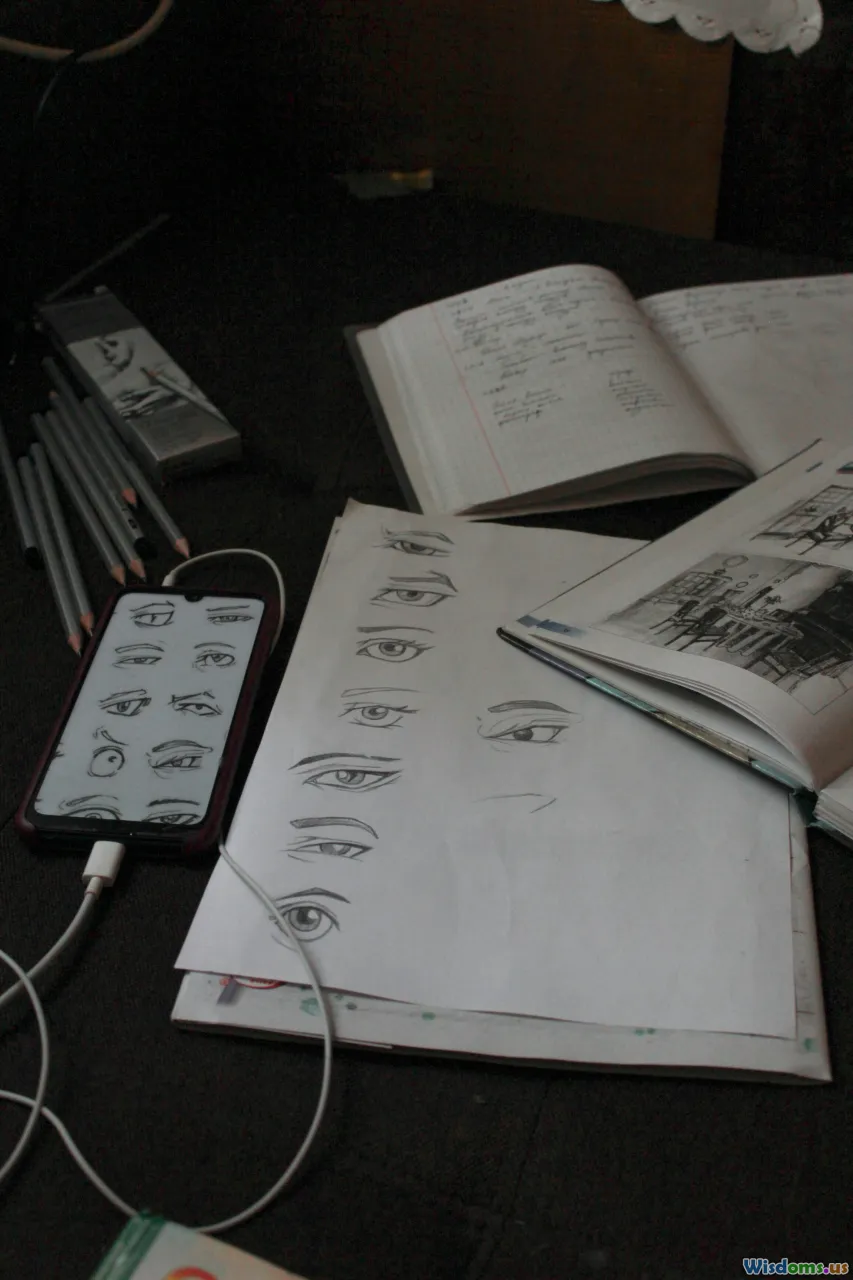
Once the scene is scripted, it must be visualized. Directors, cinematographers, and artists collaborate to break down the scene into its visual components, usually through storyboards, shot lists, and sometimes advanced previz (previsualization) tools.
Storyboarding maps out each critical moment. Take Alfred Hitchcock, who meticulously storyboarded Psycho’s shower scene down to the precise cuts and angles, ensuring maximum suspense—a scene that lasted only three minutes but contained over 50 camera cuts. Modern directors, like James Cameron (Avatar) or the Russo brothers (Avengers: Endgame), use digital previz to choreograph action and effects in virtual space before filming one frame.
Key Insight:
- Storyboards become blueprints for not just shooting, but also for production design, effects, and even scheduling. The clearer the visualization, the smoother the process on set.
Analysis: Comparing The Matrix (1999) and John Wick (2014) reveals how prep style affects delivery. The Matrix used highly detailed previsualization for its surreal bullet-time sequences, marrying wirework and CGI, while John Wick relied on precise storyboards and location scouting for its grounded, balletic violence.
Casting: Finding the Soul of the Scene

Iconic scenes demand actors who bring authenticity, magnetism, and nuance. Casting directors and filmmakers scrutinize tapes and chemistry reads, sometimes making unpredictable choices for a role.
The perfect actor can transform a good scene into a legendary one. When Marlon Brando auditioned by stuffing his cheek with cotton for The Godfather, he reshaped Don Corleone’s physicality and mystique—the performance instantly altered how the scene would play, both on set and for viewers.
Example:
In Back to the Future, Michael J. Fox stepped in after shooting began, dramatically altering the dynamic energy of the clock tower scene. The change gave the moment urgency and likability, qualities critical to its enduring popularity.
Tips for Aspiring Filmmakers:
- Watch for chemistry: Iconic scenes often rely on natural rapport between actors (When Harry Met Sally diner scene).
- Allow for audition improvisation—sometimes a casting surprise writes itself into legend.
Designing the Setting: Production Who Makes Magic Possible
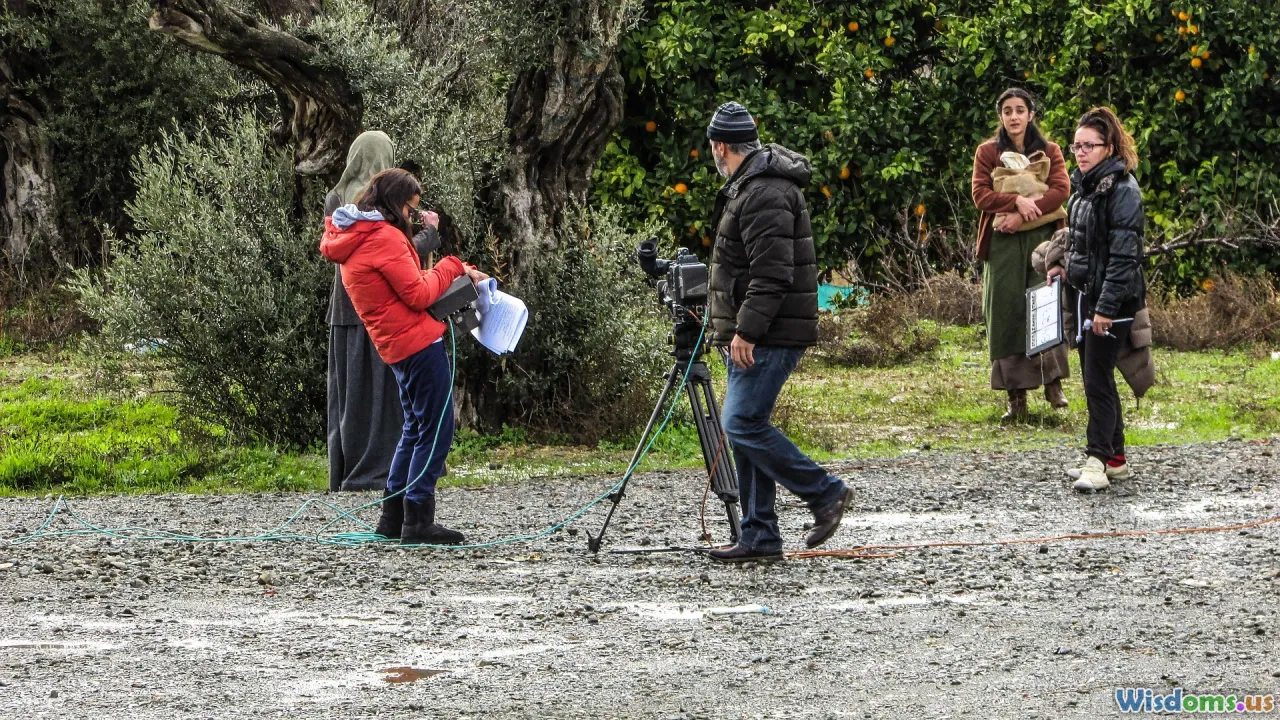
Every great scene needs a setting that feels lived-in, authentic, and thematically resonant. Production designers, art directors, and location scouts collaborate meticulously, turning blank sound stages or real-world locales into the world of the film.
The Overlook Hotel in The Shining became iconic not just for its maze, but for Kubrick’s uncanny, symmetrical compositions and menacing red bathrooms. The setting accentuates Jack Nicholson’s unraveling psyche. Similarly, George Miller turned the Namibian desert into Fury Road’s dystopian playground—a production feat involving months of vehicular modifications and on-location building.
Production Design Takeaways:
- Every element on set builds story: lighting, props, costumes, and even invisible details (see Wes Anderson’s fastidious period accuracy).
- Sometimes constraints breed creativity. The entire "apartment scene" in The Apartment (1960) relied on clever set stretching to make C.C. Baxter’s home appear smaller or larger as story tension shifted.
The Shoot: Capturing Lightning in a Bottle
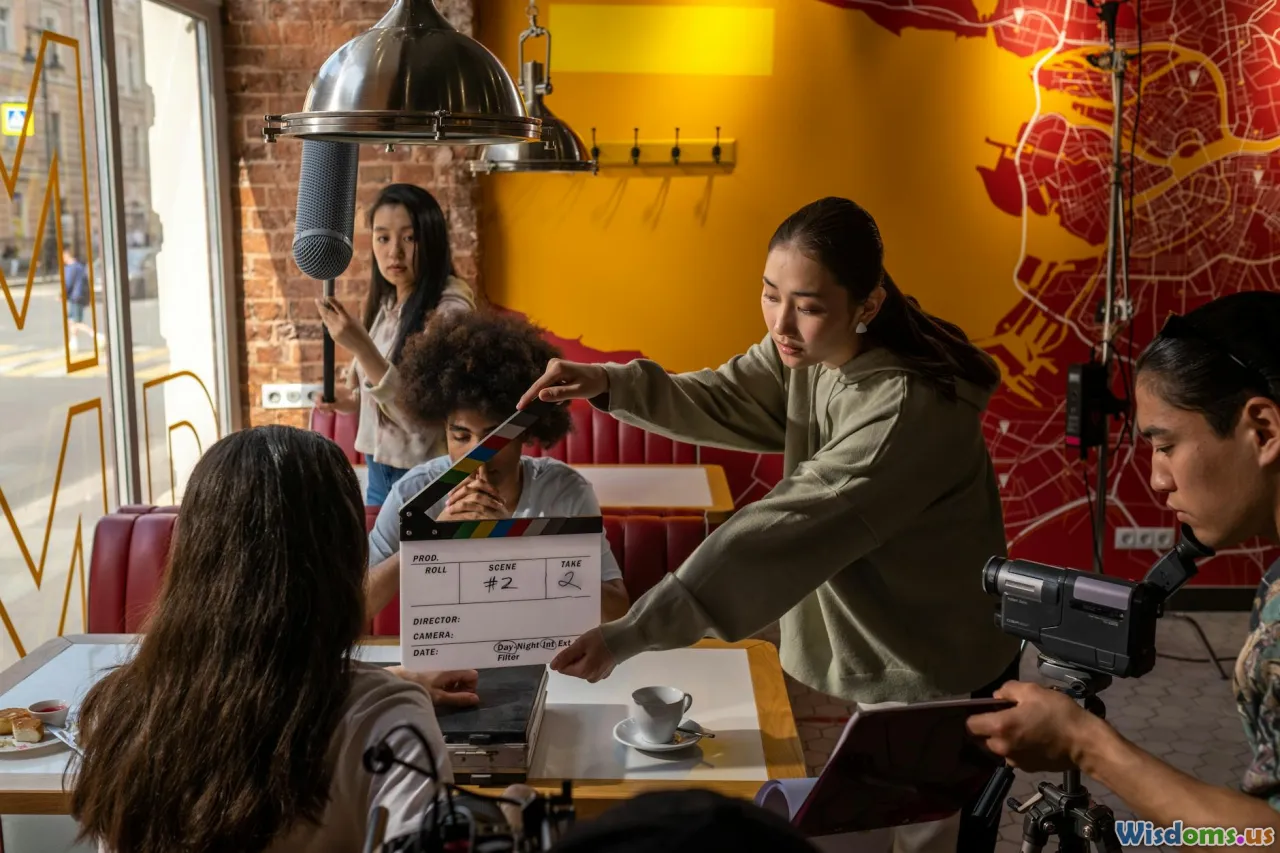
Shooting an iconic scene is often the most unpredictable and demanding aspect. Camera angles, actor performances, and timing collide. Directors improvise or adjust based on weather, mood, or inspiration from the crew. The crucial thing: getting the moment, not just the lines.
Jaws’ beach attack scene became legendary partly because the mechanical shark malfunctioned; director Steven Spielberg chose to suggest the beast’s presence with strategic shots—a suspense masterstroke. In La La Land, the opening freeway dance sequence required closing a busy LA overpass and spending two days in sweltering heat, testing dancers’ and the crew’s mettle for a few breathtaking minutes of cinema.
Actionable Advice:
- Run multiple takes for emotional authenticity (David Fincher and David O. Russell have both employed over 50 takes per shot, producing spontaneous magic).
- Be flexible—constraints like weather or location usually lead to directorial ingenuity.
The Sounds of Emotion: Music and Sound Design
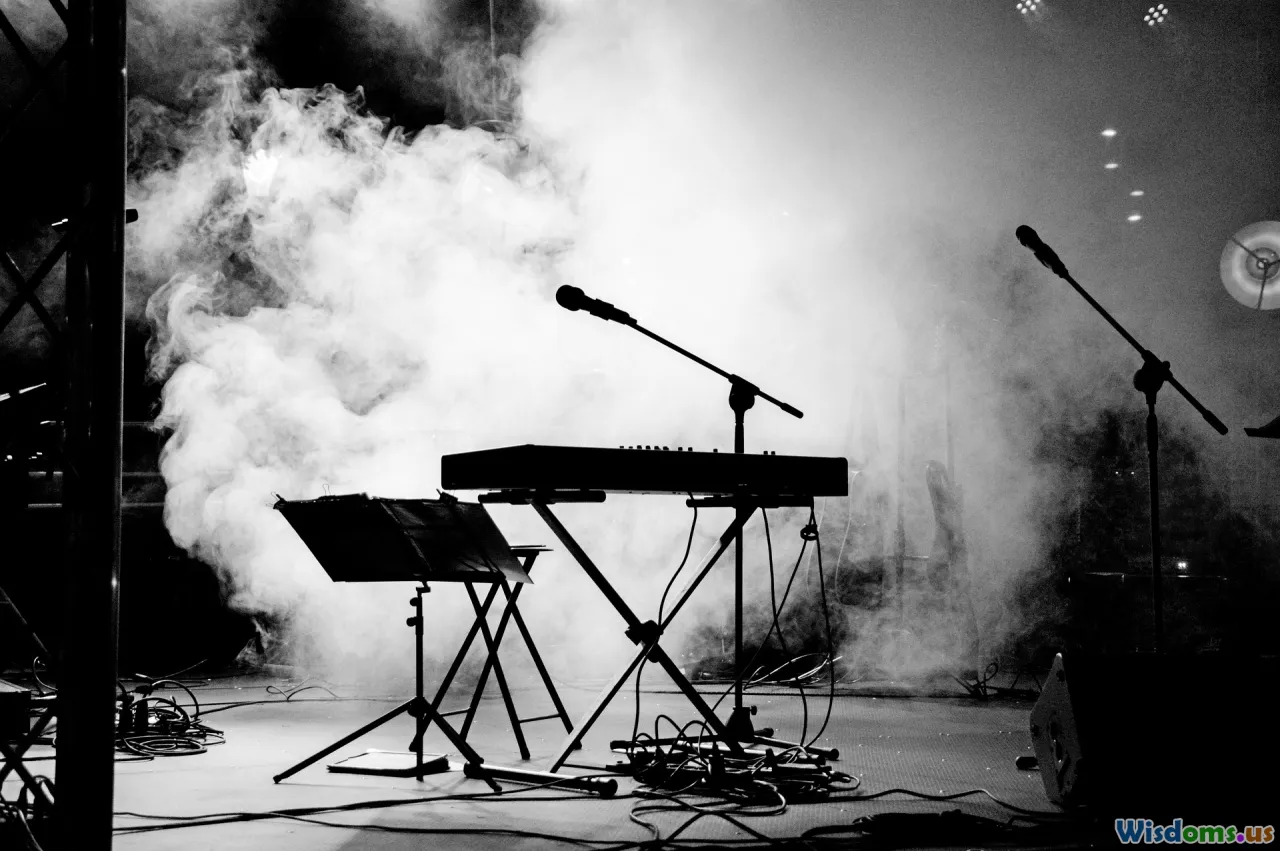
Music, ambience, and sound effects are the unseen forces shaping a scene’s impact. Composers and sound designers experiment, refining choices until sound echoes emotion—think of the bone-chilling two-note score in Jaws by John Williams, as crucial as any line spoken.
Concrete Example:
The spinning hallway fight scene in Inception owes part of its disorienting brilliance to Hans Zimmer’s time-warping score and carefully layered sound effects, blurring the line between gravity and reality for the viewer.
Foley artists generate everyday sounds (footsteps, creaking doors) to create authenticity; ADR (automated dialogue replacement) ensures lines match performance even if redone in-studio later. Sound mixing then balances every whisper and explosion.
Tips for Effective Sound Design:
- Start thinking about music and sound early—some of Quentin Tarantino's scenes (Reservoir Dogs’ “Stuck in the Middle With You”) are choreographed before filming, with tracks playing on set.
- Let silence speak: The absence of music, as in the coin toss scene of No Country for Old Men, amplifies tension.
Effects and Editing: Shaping Raw Material into Magic

Post-production is the crucible where all footage is sculpted into the final sequence. Editors, VFX artists, and colorists work frame-by-frame to finesse timing, add visual and auditory effects, and ensure story coherence.
For Star Wars: A New Hope, the original lightsaber battle between Obi-Wan and Vader depended on editing to mask clunky prop swords and underscore emotional stakes through pace and reaction shots. Digital effects specialists today, like those at ILM, merge live-action with computer-generated environments—see The Lord of the Rings’ Battle of Helm’s Deep, a blend of models, live action, and digital armies.
Analysis: Edited rhythm controls mood. Birdman used seamless cuts to simulate a single continuous take, pushing viewers inside the actor’s unraveling psyche. Iconic moments frequently hinge as much on what's left out (editor Walter Murch’s use of elliptical cutting in The Conversation) as what’s emphasized.
Advice for Post-Production Excellence:
- Preview the scene in rough cuts—test with audiences, if possible, to gauge response and tweak accordingly.
- Don’t be afraid to restructure: Sometimes, scenes improve unexpectedly in the edit bay by moving them or trimming extraneous shots.
Director’s Vision Meets Audience Reception
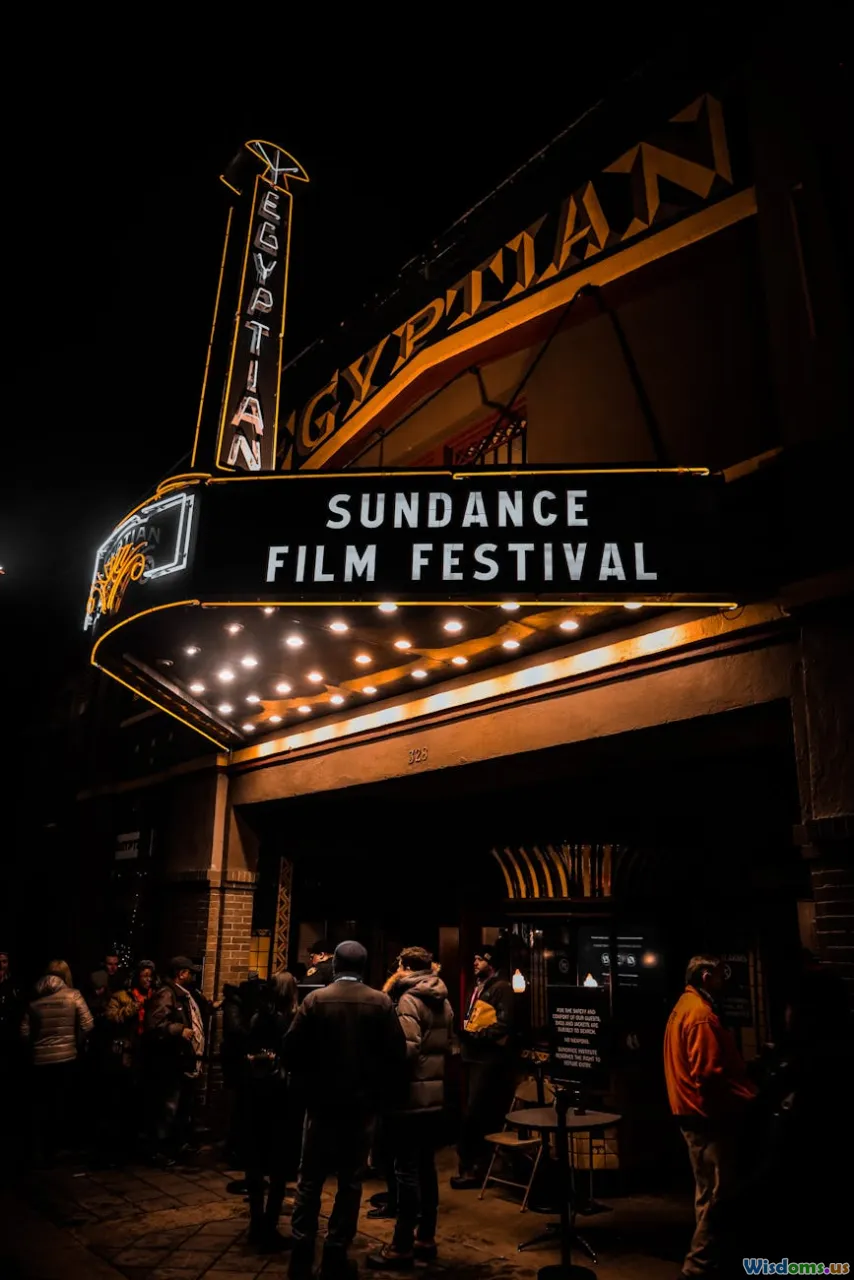
Finally, as the scene approaches its debut, the trick is ensuring that its original intention survives—or is transformed into something more profound—in audience perception.
Steven Spielberg described the E.T. moon flight scene as working because audiences desired awe as much as the story required wonder; John Williams' soaring music cemented its place in history. Yet, not all initial reactions are predictable. The slow-motion bank heist in Heat became an instant classic for its realism, influenced as much by consulting real LAPD as by Michael Mann’s directing.
Contemporary filmmakers can directly witness scenes’ impact on social media—audience memes, YouTube dissections, and online reviews quickly codify which scenes become pop culture touchstones. Sometimes the most iconic moments, such as "Wakanda Forever" in Black Panther, resonate for reasons related to timing, representation, or wider trends.
Comparison:
- Old Hollywood relied on word-of-mouth and critical praise to build legend around a scene; modern streaming and social media see even minor moments go viral, shaping the cultural memory of films differently but every bit as powerfully.
The journey from a single line on a script to an indelible cinematic moment is an odyssey of craft and creativity, involving many hands but guided by a singular vision. These iconic scenes endure because they blend the personal—unique artistic choices—and the universal—emotions and stories that resonate across generations. On this elaborate canvas, script and screen converge, leaving viewers with moments they'll never forget.
Rate the Post
User Reviews
Popular Posts













